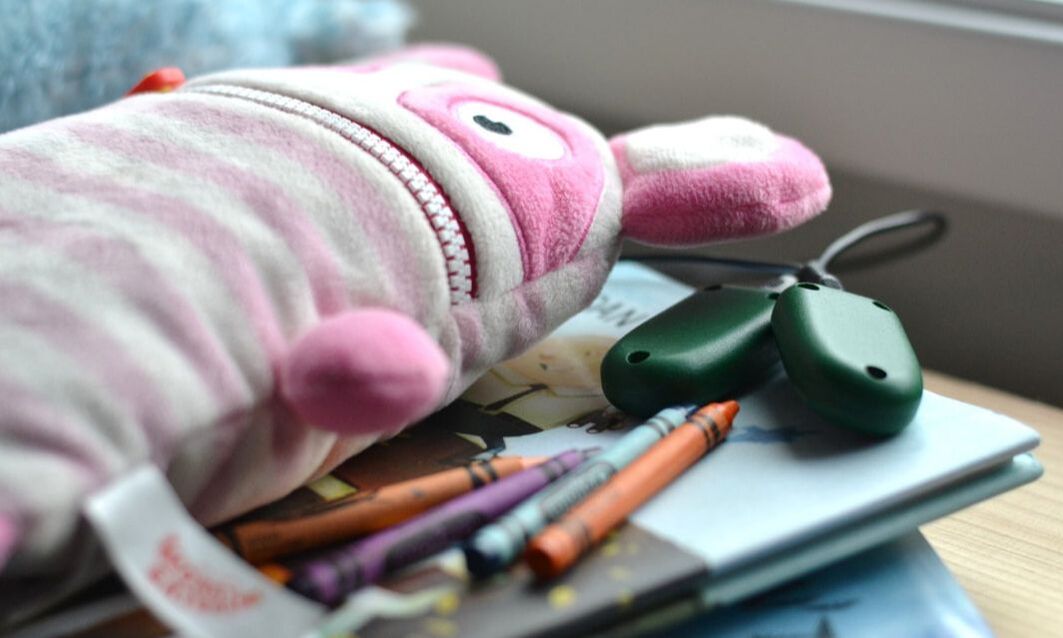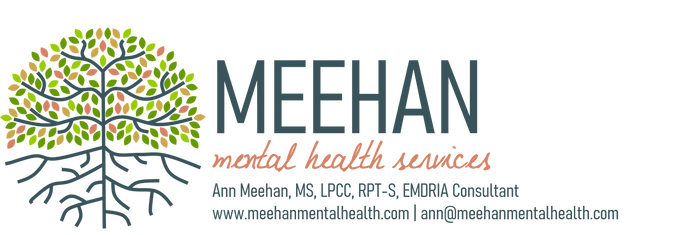|
EMDR is a type of trauma therapy developed by Francine Shapiro that has 8 phases, where a therapist trained through an EMDRIA approved basic training works through the model with clients to help with trauma memories that are disturbing, distressing, and impact functioning. Learn more about EMDR therapy and kids HERE!
Phase 2 is the Preparation Phase. This phase includes establishing a relationship of trust, giving an explanation that is age appropriate of EMDR, learning relaxation and state change activities, developing resources, and increasing the window of tolerance to allow for dual awareness. EMDRIA states that most clients will need 1-4 sessions of preparation, however for chronic and complex trauma this number can significantly increase. I talked HERE about how to know if young people are ready, really ready, for trauma work. I also talk HERE about the essential ingredients for doing EMDR with young people. I find that the majority of children that I see are not children who have a single incident trauma. Young people also aren’t voluntarily seeking out a therapist to work on their trauma, the majority of the time. There are also a lot of factors in a child’s life that may lead to instability that they have no control over. For these reasons here are the top 10 reasons why children and teens may need a longer Phase 2 for EMDR Therapy:
Your training, clinical judgement, and consultation around EMDR cases will always help you understand how to pace your EMDR work with young people. Hopefully some of the examples above help you understand if a client may need a longer phase 2! What about you? What are your top signals that a client may need an extended phase 2? Drop a comment below! Want to know more about trauma, EMDR, and children? Check out my training on Playing Through Phase 2: Combining Bibliotherapy and Play Therapy for Phase 2 of EMDR.
0 Comments
Leave a Reply. |
Hi, there!I'm Ann Meehan, an LPCC, Loading... Archives
July 2024
Categories
All
|
Privacy Policies | Terms of Use | Disclaimer
Contact
[email protected] | Copyright Meehan Mental Health Services 2022
Contact
[email protected] | Copyright Meehan Mental Health Services 2022





